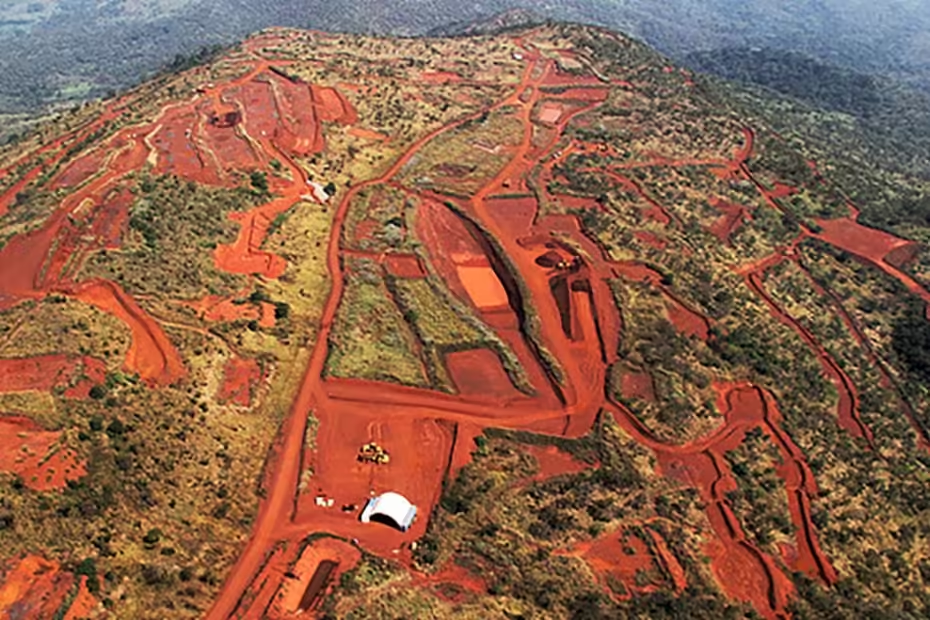Rio Tinto has approved the development of the Simandou iron ore deposit in Guinea, West Africa. This deposit is the world’s largest new mine project.
The project has cleared all regulatory hurdles. It is now set for an $11.6-billion integrated development.
Key approvals from Guinea and Chinese governments have paved the way for the Simfer joint venture (JV). This JV includes Rio Tinto and Chinese partners.
They will invest in and fund the development of rail and port infrastructure with the Winning Consortium Simandou (WCS), Baowu, and the Guinea government.
Investment and Infrastructure Development
A new 600 km multi-use trans-Guinean railway and port facilities will support the project. This infrastructure will allow the export of up to 120-million tonnes of iron ore each year.
Rio Tinto owns two of the four Simandou mining blocks through the Simfer JV. The JV includes China’s Chalco Iron Ore Holdings (CIOH) and the Guinea government.
Simfer will manage a 60-million-tonne-a-year mine in blocks 3 and 4. WCS is developing blocks 1 and 2. Together, these blocks will yield 120-million tonnes of iron ore annually. First production is expected by the end of next year.
Rio Tinto executive Bold Baatar expressed gratitude for the partnership with the Guinea government, Chinalco, Baowu, and WCS.
“Simandou will deliver a new source of high-grade iron ore. It will support decarbonisation of the steel industry,” Baatar said.
Also Read: Zambia Approves New Coal Plant Amid Drought
Financial Commitments and Payments
Simfer will participate in the WCS project companies. They will construct rail and port infrastructure and fund their share, totaling $6.5 billion. Rio Tinto’s share is $3.5 billion.
CIOH has paid its share of expenditures needed by Simfer. They made a first payment of $410 million in June. A second payment of $575 million was made last week.
Simfer will construct a 70 km spur rail line and a 60-million tonne a year transhipment port. WCS will build the 536 km main rail line, a 16 km spur rail line, and a 60-million tonne a year barge port.
Upon completion, all infrastructure and rolling stock will transfer to the Compagnie du Transguinéen JV. This JV includes Simfer and WCS, each holding 42.5% equity, and the Guinean State holding 15%.

